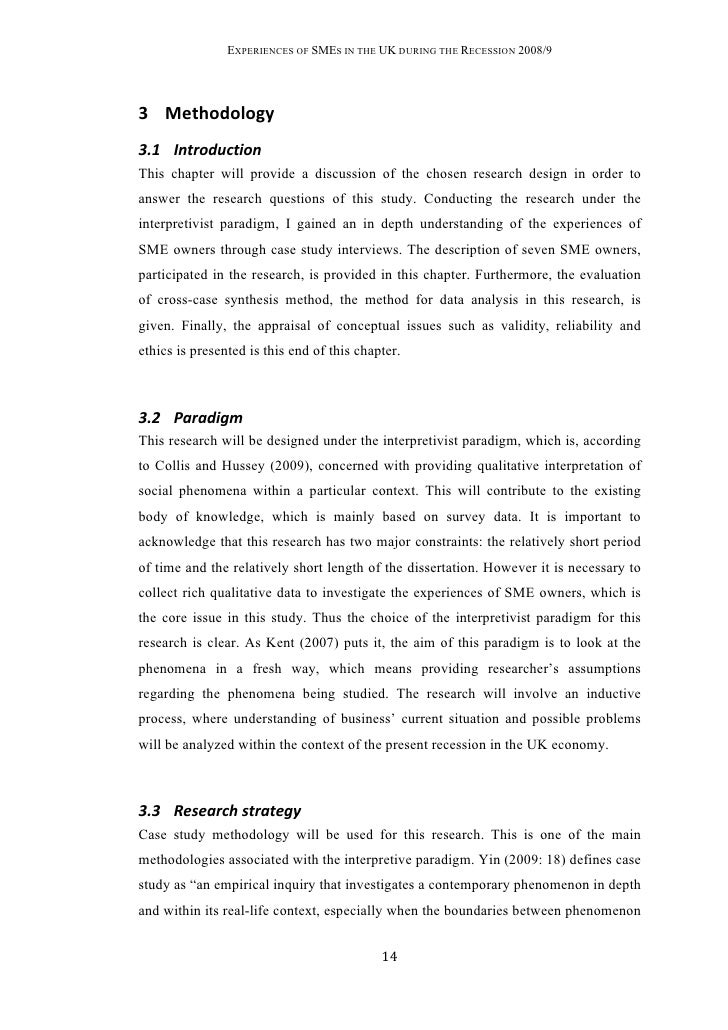
Step 1: Explain your methodological approach
First, describe the type of research you’ve conducted. Some relevant jargon is: quantitative / qualitative, and explorative (descriptive) / experimental. Expand on your choices. Next, write about the respondents (sample / participants) of your study · In the methods section you might include: How you prepared the data before analyzing it (e.g. checking for missing data, removing outliers, transforming variables) Which software you used to analyze the data (e.g. SPSS, Stata or R) Which statistical tests you used (e.g. two-tailed t-test, simple linear regression) Quantitative methods example Thesis Jan Ihsan Y. Hussain Dr. Khalid A. Ismaeel Dhyaa Al-Deen H. Alwan View On the boundary layer regime in a vertical enclosure filled with a
Search form
· Quantitative research designs can be descriptive, correlational, quasi-experimental or experimental. Qualitative research methods include participant observation, interviews, focus-group discussions, and content analysis. The types of data generated by these methods can be in the form of field notes, audio/video recordings, transcripts, blogger.comted Reading Time: 2 mins The course will be completed by submitting an assigment report focusing on science theory and research methods, and an individual project work that forms the basis for the master thesis with the first chapters: background, problem, theoretical framework and methods. Learning outcome · In the methods section you might include: How you prepared the data before analyzing it (e.g. checking for missing data, removing outliers, transforming variables) Which software you used to analyze the data (e.g. SPSS, Stata or R) Which statistical tests you used (e.g. two-tailed t-test, simple linear regression) Quantitative methods example

You may also like
Thesis Jan Ihsan Y. Hussain Dr. Khalid A. Ismaeel Dhyaa Al-Deen H. Alwan View On the boundary layer regime in a vertical enclosure filled with a To bridge this gap, we explored interactions between three important ERF (tobacco smoking, cannabis use and childhood trauma), six cognitive variables and three dimensions of psychotic symptoms (positive, negative and depressive symptoms). We wanted to inspect whether associations between ERF and psychotic symptoms would be mediated by cognition First, describe the type of research you’ve conducted. Some relevant jargon is: quantitative / qualitative, and explorative (descriptive) / experimental. Expand on your choices. Next, write about the respondents (sample / participants) of your study

Project Management Training YouTube Channel
Across the southwest, reservoirs, catchment basins, impoundments, canals, and storage. features were designed onto and used the natural topography of the The course will be completed by submitting an assigment report focusing on science theory and research methods, and an individual project work that forms the basis for the master thesis with the first chapters: background, problem, theoretical framework and methods. Learning outcome To bridge this gap, we explored interactions between three important ERF (tobacco smoking, cannabis use and childhood trauma), six cognitive variables and three dimensions of psychotic symptoms (positive, negative and depressive symptoms). We wanted to inspect whether associations between ERF and psychotic symptoms would be mediated by cognition

Related questions
To bridge this gap, we explored interactions between three important ERF (tobacco smoking, cannabis use and childhood trauma), six cognitive variables and three dimensions of psychotic symptoms (positive, negative and depressive symptoms). We wanted to inspect whether associations between ERF and psychotic symptoms would be mediated by cognition First, describe the type of research you’ve conducted. Some relevant jargon is: quantitative / qualitative, and explorative (descriptive) / experimental. Expand on your choices. Next, write about the respondents (sample / participants) of your study Thesis Jan Ihsan Y. Hussain Dr. Khalid A. Ismaeel Dhyaa Al-Deen H. Alwan View On the boundary layer regime in a vertical enclosure filled with a

No comments:
Post a Comment